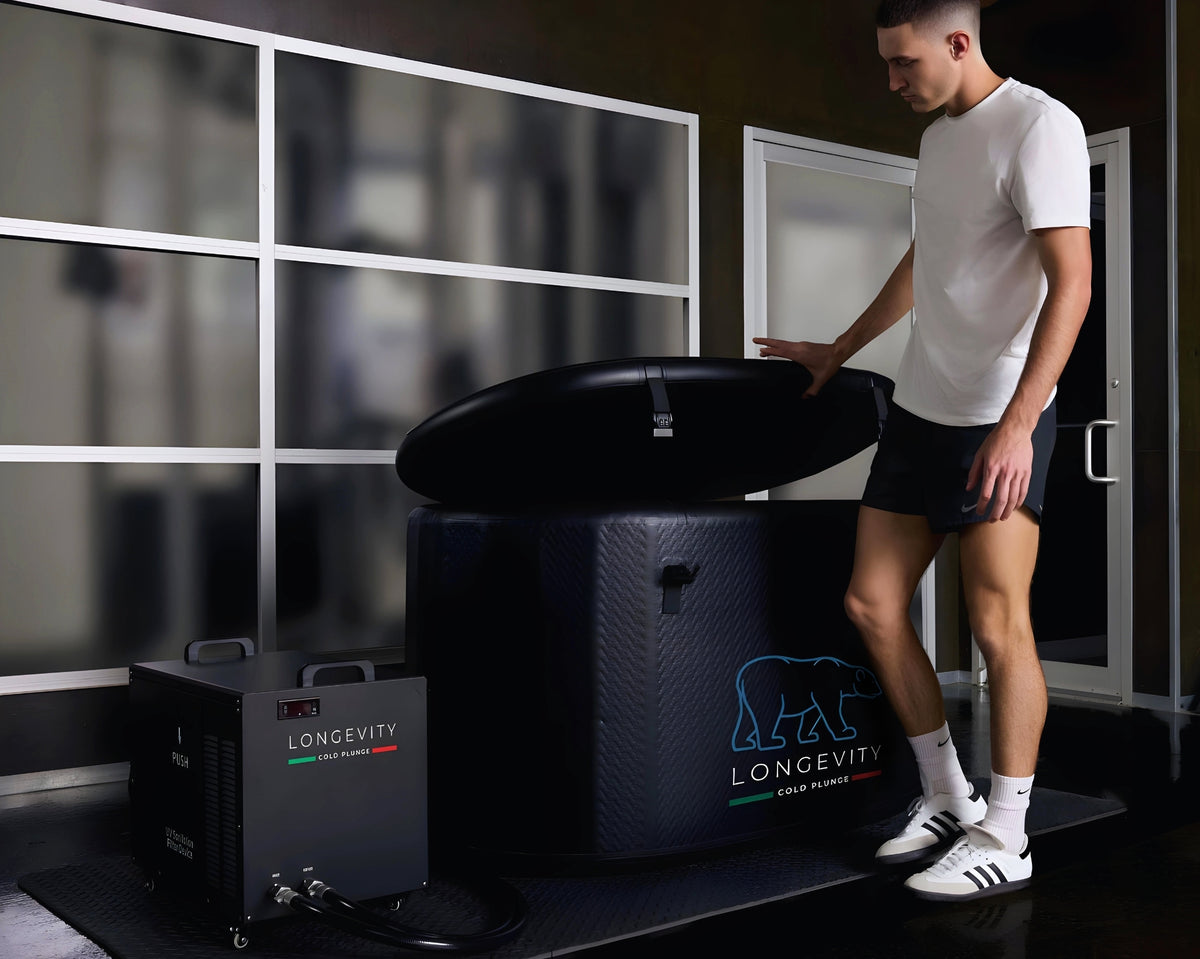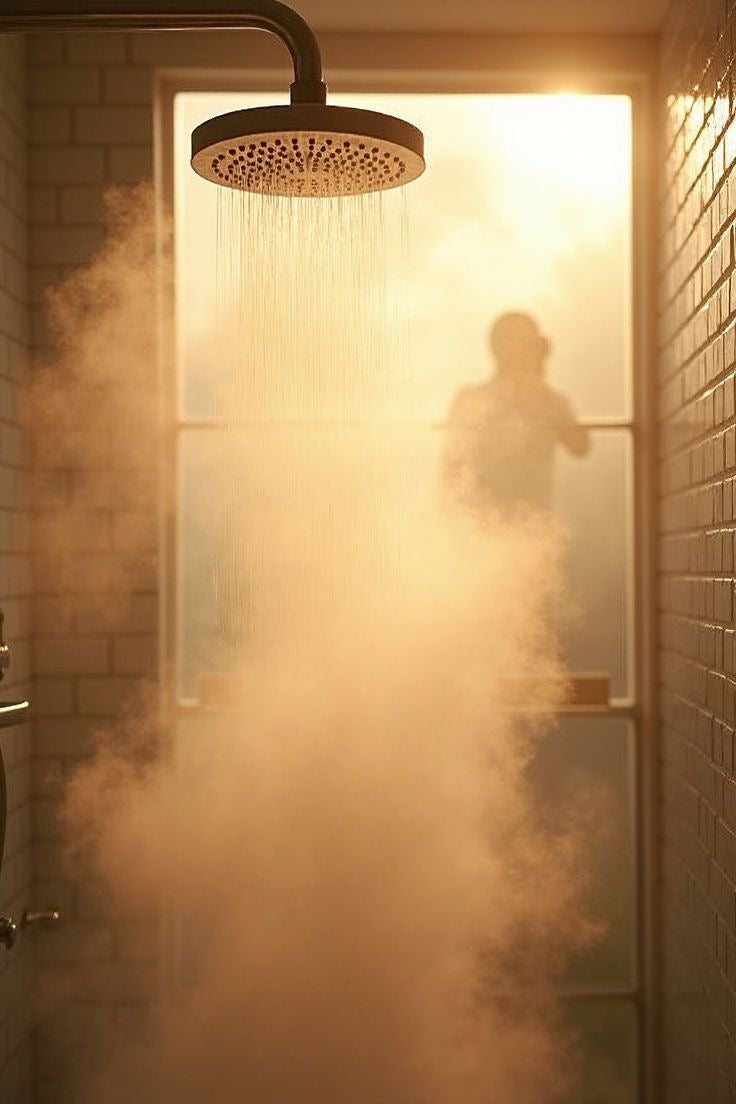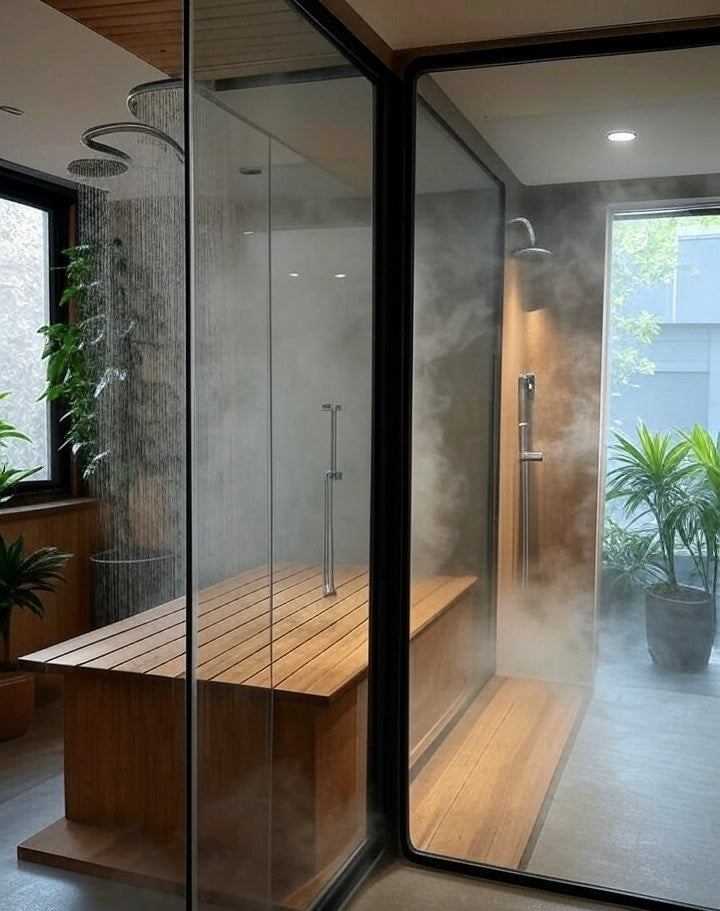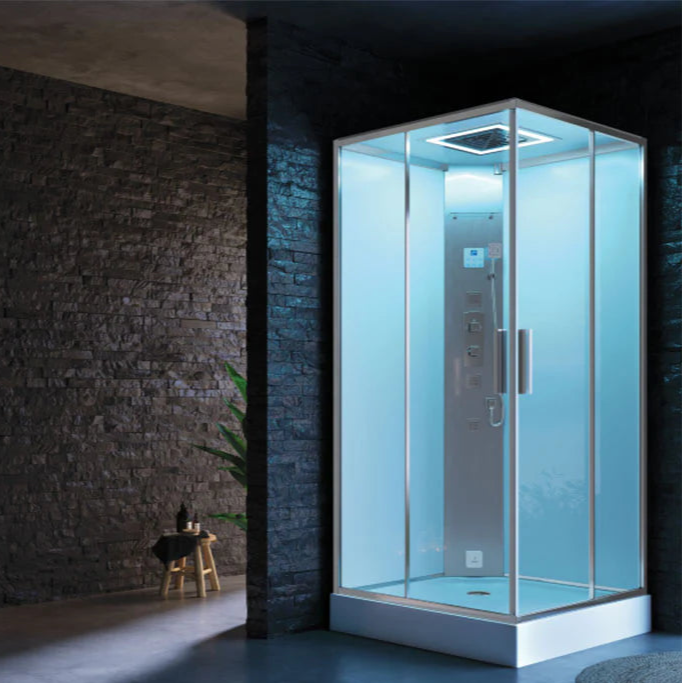Just finished a workout and eyeing that Ice Bath Tub like it’s dessert? Short answer: yes, Cold Plunge after a workout can seriously boost recovery. It helps reduce soreness, enhance performance, and improve mood. This Cold Plunge Tub isn’t just trendy—it’s science-backed chill. Keep reading to find out when and how to soak for best results.

The Science Behind the Chill: Why Cold Plunges Post-Workout Are Gaining Popularity
Understanding Cold Water Immersion (CWI)
What is a Cold Plunge?
A cold plunge involves immersing the body in cold water, typically in an Ice Bath Tub or Cold Plunge Tub.
It's used post-exercise to help cool the body quickly and ease muscle tension.
While it may feel shocking at first, the benefits are often worth the shiver.
Recommended Temperatures and Durations
Ideal temperatures for a cold plunge are between 10°C and 15°C.
Beginners should start with 1–2 minutes and gradually increase to 3–5 minutes.
Never stay in too long—overexposure can cause risks.
A timer and a thermometer are useful tools to keep things safe and effective.
Maximising Your Recovery: Benefits of Post-Workout Cold Plunge
Key Benefits for Post-Workout Recovery and Performance
Reducing Muscle Soreness (DOMS)
Cold exposure reduces delayed-onset muscle soreness by slowing down nerve signals and numbing discomfort.
It can also help prevent further tissue damage caused by inflammation.
This means you can get back to your workouts quicker with less pain.
Alleviating Inflammation and Swelling
When you plunge into cold water, blood vessels constrict.
This limits fluid build-up in tissues, reducing inflammation and swelling.
Less swelling leads to faster recovery and improved comfort.
Accelerating Muscle Repair and Recovery
Cold plunges stimulate blood circulation once you're out of the tub.
This sends oxygen and nutrients to muscles, aiding repair.
It also helps remove metabolic waste products like lactic acid.
Enhancing Mental Clarity and Mood
Cold plunges trigger a release of dopamine and norepinephrine.
These chemicals lift your mood and improve alertness.
The shock of cold water can create a mental reset after tough training.
Potential Impact on Sleep Quality
Cold water immersion has been linked to lower cortisol levels.
This can support better sleep and relaxation.
Improved rest also contributes to recovery between workouts.
Navigating the Cold: Practical Considerations and Safety

Potential Drawbacks and Who Should Be Cautious
Risks of Over-Exposure (Hypothermia, Skin Issues)
Staying too long in cold water can lower your core temperature dangerously.
It may lead to numbness, shivering, and hypothermia.
Cold-sensitive skin may also experience irritation or minor frostbite.
Always monitor time and temperature.
Cardiovascular Considerations
Sudden cold exposure can cause blood pressure to spike.
This is risky for individuals with heart conditions or high blood pressure.
Check with a healthcare provider before trying it regularly.
Impact on Muscle Growth and Adaptation (Strength vs. Endurance)
Cold plunges can reduce the inflammation needed for muscle growth.
If you're focused on hypertrophy, wait 4–6 hours post-exercise before plunging.
For endurance training, immediate cold immersion can be beneficial.
Integrating Cold Plunge into Your Overall Recovery Strategy
Cold Plunge vs. Other Recovery Modalities (e.g., Active Recovery, Stretching)
Cold plunging is one tool in a larger recovery toolkit.
Pair it with stretching, compression garments, or light cardio on rest days.
Use it strategically depending on your training goals.
Proper Hydration and Nutrition for Optimal Recovery
Hydrate before and after cold plunging to support circulation and recovery.
Include protein-rich meals and electrolytes to aid muscle repair.
Don’t rely on cold water alone—fuel matters.
Listening to Your Body: When to Plunge and When to Rest
If you’re feeling overly fatigued, skip the plunge.
Let your body rest or try other recovery methods.
Cold plunging should support—not stress—your system.
Conclusion
Cold Plunges after workouts can aid recovery, improve mood, and reduce muscle soreness.
Just be sure to time it according to your goals: straight after for endurance, or a few hours later for muscle growth.
With a bit of chill, your post-workout routine could feel a whole lot fresher.






